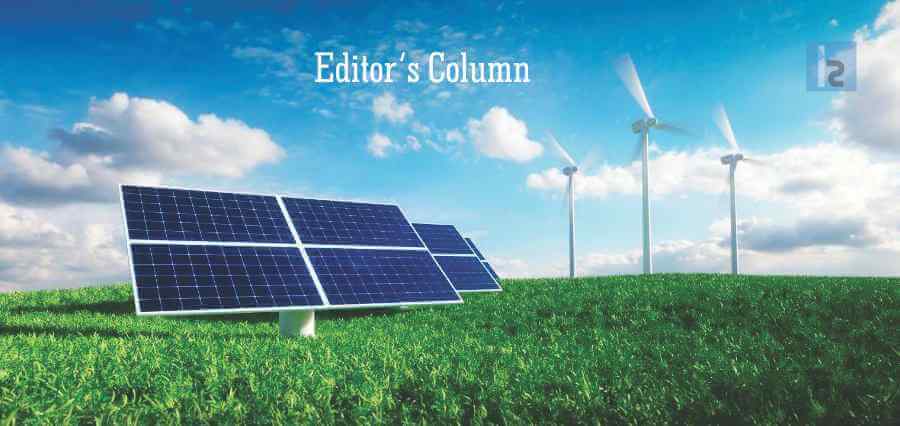The Internet of Things (IoT) represents a modern reality. IoT has been encircled by the services that are associated with the things like hardware, embedded software, and communication services. IoT solution is integrated with one-to-one services or with multiple products.
How Internet Of Thing Functions on Energy?
Internet Of Thing tenaciously insights to pursue from new Internet-connected devices which can be used to develop new services, enhance productivity and efficiency and develop to prove real-time decision making and decode the critical problems. In today’s technical world, as we all are adjoined by the devices, energy companies have escalated interoperability and security challenges. It also delivers an amalgamation of scalable hardware and software solutions specifically to meet the market needs. The real end-to-end security that IoT necessarily requires has been integrated by the expertise.
Especially for energy companies, this can be the great flexible move to accommodate new energy source, better management of assets and operations, greater reliability, enhanced security, better customer satisfaction and innovations of new business models and services. As technology assists two-way power to flow from fragmented distributed resources like wind or solar, IoT technologies are relevantly contributing to the renewable energy.
Empowering Innovations
Smartphones and apps are becoming the main user interface on IoT. The IoT addresses the consumer electronic market as well as the B2B industry. Depending on analysts, the value of IoT is essential to be from 300 Billion USD to close 2000 Billion USD in 2020 depending upon on what is accounted in IoT market. Connected LED lamps are expected to be the largest by far in IoT energy services. The incremental cost of hardware and embedded software is relatively small, whereas the service and analytics opportunity is much larger.
Comfort Benefit
The IoT promises to break the two entry barriers by offering low-cost flexible new communication solutions coming from the internet world. As a consequence, new players are being attracted to this market. SME’s and startups may offer low-cost solutions, at least for a full set of niche applications, while large players from the Internet world may also enter as enter as direct competitors of the traditional large players. The opportunity provided by a large, new potential market is counterbalanced by the risk of these new players entering their traditional market. However, this risk may be balanced by the opportunity to partner with these new players, creating a completely new open ecosystem.
Future Directions through IoT on Energy
The future of the renewable industry will be distorted with the Internet of Things. As energy management experiences other connected devices being developed, it will then gain a greater control, data and energy savings. It’s an exhilarating and challenging time for energy management, and time to harness the opportunities opened by the IoT. IoT-based technology solutions across the globe, associated services foresee to bring tremendous value to the energy sector in future. Hereafter, it will aid the companies to be more flexible in adopting IoT solutions to predict asset performance and swiftly integrate all sections of energy in the system.
No matter we are at home or at the workplace, IoT will redeem the complexity of managing energy consumption from different places and provide an all-in-one stop. IoT-based technology and solutions are expected to raise the immense value to the energy sector. In the coming days, IoT is expected to climb the market hills to grow the energy market from 7.59 Billion USD in 2015 to 22.34 Billion USD by 2020.


